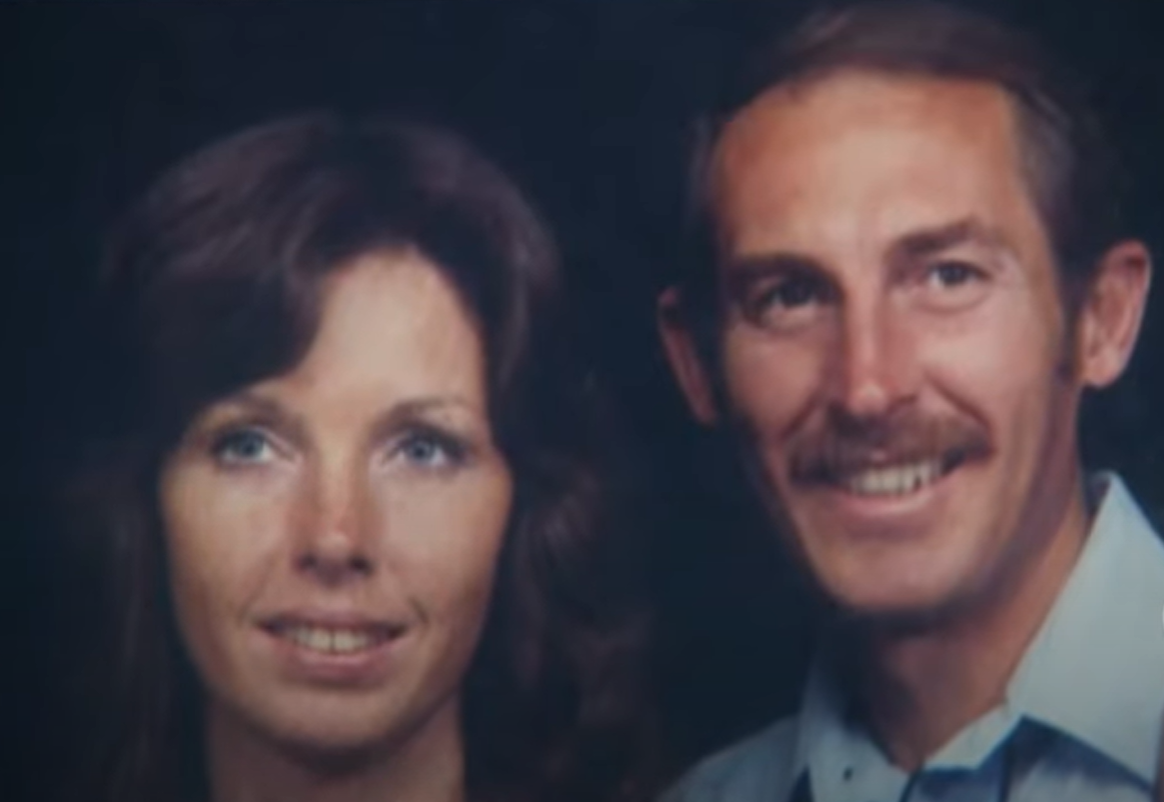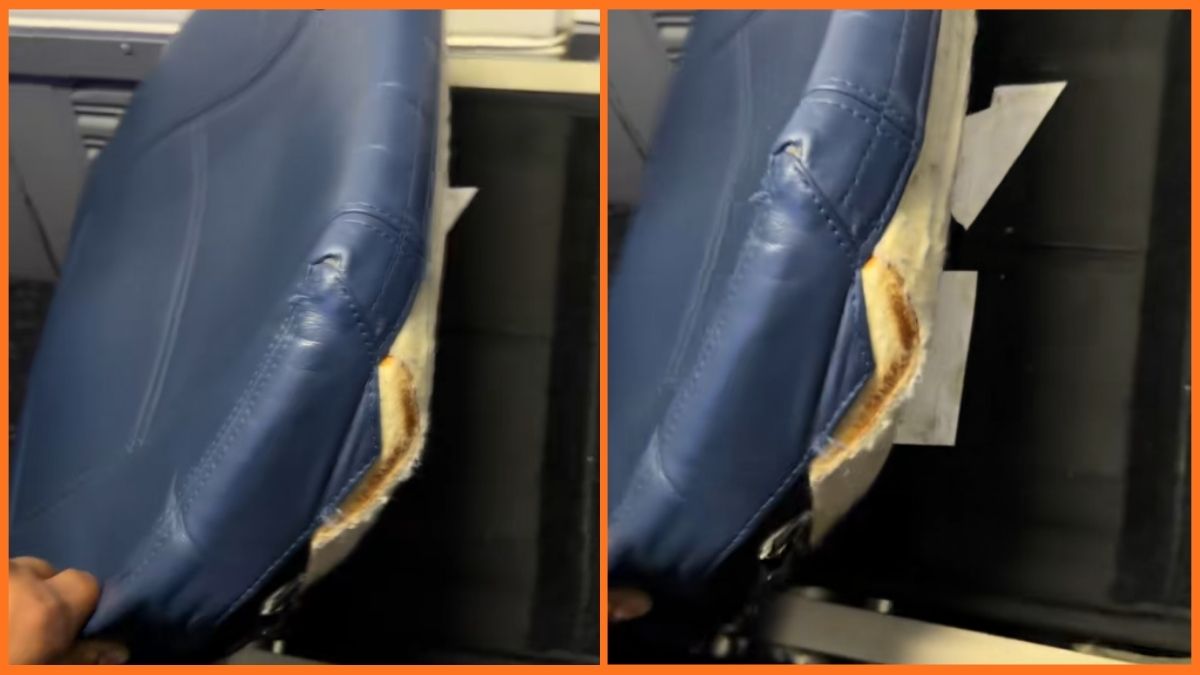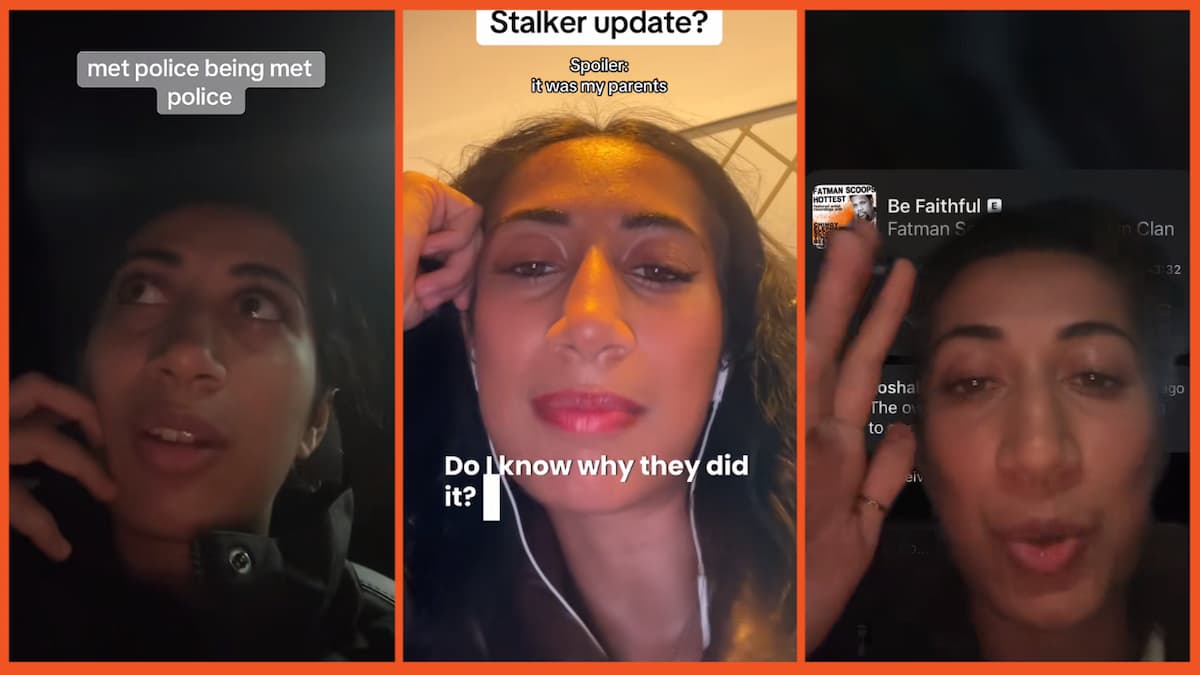Investigators are often thought to possess a sixth sense, an intuition that guides them straight to the truth. It’s an innate skill—either you have it or you don’t. This intuition proves invaluable at the outset of an investigation, enabling them to uncover the hidden story behind a crime and even identify the culprit. However, intuition isn’t foolproof. Occasionally, investigators’ instincts can misfire, resulting in the wrongful accusation of an innocent person.
According to the latest judicial revelation, Jane Dorotik‘s story echoes this unfortunate reality. In 2001, at the age of 53, she was sentenced to 25 years in prison for the alleged murder of her husband, Robert Dorotik. Now 75, she has finally regained her freedom after spending decades behind bars.
Just three years before her sentence was due to end, new evidence emerged, ultimately proving her innocence. While she has finally been vindicated, the lost years cannot be reclaimed. But how did she find herself behind bars in the first place?
24 years ago, on a California road

Robert “Bob” and Jane Dorotik were a couple like any other. Bob, an engineer, and Jane, a nurse turned healthcare executive, built a life together. They raised three children: Alex, Claire, and Nick. While Jane had a deep passion for breeding and riding horses, Bob found solace in jogging. Like any marriage, theirs had its highs and lows; they separated briefly before reconciling a year later.
Their life seemed ordinary, until it wasn’t. On Feb. 13, 2000, around 1pm, Bob bid farewell to Jane and set off for a run. Little did anyone know, that would be the last time he was seen alive. As the afternoon stretched on without a trace of Bob, Jane’s worry mounted. By 7:45pm, she took action, contacting the Sheriff’s Department to report her husband missing.
Deputy James Blackmon led the San Diego County Department’s efforts in the search for Bob. With each passing moment, the family’s anxiety only intensified — especially Jane’s, who appeared increasingly distraught, according to witnesses.
“She was freaked out, she was scared, she was nervous, she was crying” recalled Claire Dorotik, the couple’s daughter.
Then, in the early hours of Feb. 14, Deputy Blackmon found him: Bob’s lifeless body, abandoned off the road several miles from their Valley Center, California home. He had been brutally bludgeoned and strangled. And in an instant, the search for the missing Bob Dorotik morphed into a hunt for his killer.
Back to the wall
Investigations soon took an unexpected turn. Detective Rick Empson made a startling discovery—a piece of rope hanging from the Dorotik’s porch, matching the one used to strangle Bob. But the real shock awaited inside the house. In their bedroom, around 20 bloodstains were strewn about. Some were significant, like the one beneath the mattress. Jane Dorotik attempted to explain them away, citing Bob’s frequent nosebleeds and their dog’s cheek abscess. Yet, the scene painted a troubling picture — one that raised more questions than answers.
By that point, investigators had their sights set firmly on Jane Dorotik as a prime suspect. Their suspicions escalated further upon finding a syringe containing horse tranquilizer with Bob’s blood on it. It was the smoking gun. Just three days after Bob’s death, his murderer had a face and a name: his wife’s.
The police pieced together the scene, indicating that Bob’s death likely didn’t occur on the road where his body was found. The lack of significant bloodshed didn’t align with a violent attack there. Instead, they theorized that his wife killed him the night before, striking him while he was in bed. The timing was supported by autopsy findings, showing undigested food from his last meal.
Investigators believed they had a motive as well. Jane and Bob’s marriage was on the rocks once more, teetering on the brink of collapse. But Jane was unwilling to part with her income in a divorce settlement. So, according to investigators, she resorted to murder—a “calculated, premeditated, deliberate” act. Or so they thought.
Fighting for freedom
Jane Dorotik’s trial began with attorney Kerry Steigerwalt leading her defense. While her sons, Nick and Alex, were convinced of their mother’s guilt, her daughter Claire stood by her side. However, Claire soon became the focus of Steigerwalt’s defense strategy. She speculated that Claire, resentful of her father’s plan to sell their beloved horses, was the true culprit behind Bob’s murder. This risky move backfired, especially since Claire had an alibi for the day in question.
Despite the defense’s efforts, the jurors never wavered in their belief of Jane’s guilt. Ultimately, their verdict held her responsible, sentencing her to 25 years for first-degree murder. Jane was taken aback by the outcome, expressing disbelief to the media that they would convict her in the end.
Even behind bars, Jane fought relentlessly for her freedom, filing motion after motion in her quest for justice. Undeterred by repeated denials, she remained steadfast in her determination to prove her innocence. Then, in 2015, her perseverance caught the attention of Loyola Law School’s Project for the Innocent, a wrongful conviction group that took up her cause and pledged to support her.
With relentless dedication, they secured a motion to re-test the DNA of the rope found around Bob’s neck, among other items. Fresh examinations of the blood in the bedroom unearthed previously overlooked spots, some of which weren’t blood at all. Shockingly, foreign male DNA was discovered on several items, none of which matched Jane’s DNA. These revelations cast serious doubt on the integrity of the investigations and the forensic evidence used against Jane.
In 2020, Jane Dorotik’s 20-year battle for justice reached a turning point. Her murder conviction was overturned, granting her freedom after years of struggle. Despite attempts by prosecutors to retry her, a 2022 ruling deemed the evidence insufficient to prove guilt beyond a reasonable doubt.
“Ms. Dorotik, you are free to go. Good luck to you, ma’am,” declared the judge, marking the end of her long ordeal.
22 years in the making
“This has been a torturous journey for 22 years and it’s finally over. And that’s a huge relief,” remarked Jane Dorotik to CBS 8 San Diego outside the courtroom.
Jane’s road to freedom spanned 22 long years. Throughout, she faced disbelief and denial in her quest for justice. Yet, a simple DNA re-test was all it took to vindicate her. While some may still harbor doubts, the new judicial truth unequivocally declares her innocence.
Free at last, yet facing a life reshaped by two decades of injustice. Jane’s journey to rebuild won’t be easy. But she sees opportunity in using her experience to make a difference, starting with advocating for incarcerated women and driving positive change.
“I lost literally everything in my life that Bob and I had built together. Thanks to my great legal team at Loyola Law School, I feel like I can finally breathe and I’m able to start thinking about making plans for the future,” she expressed.
“All’s well that ends well.” Or is it? Even with Jane Dorotik’s exoneration, a crucial piece of the puzzle remains missing. The question of who killed Robert Dorotik on that fateful day 24 years ago still hangs in the air. While Jane may have found justice, her husband’s killer remains unidentified, leaving the case unresolved and justice incomplete.










Published: Apr 3, 2024 07:03 am